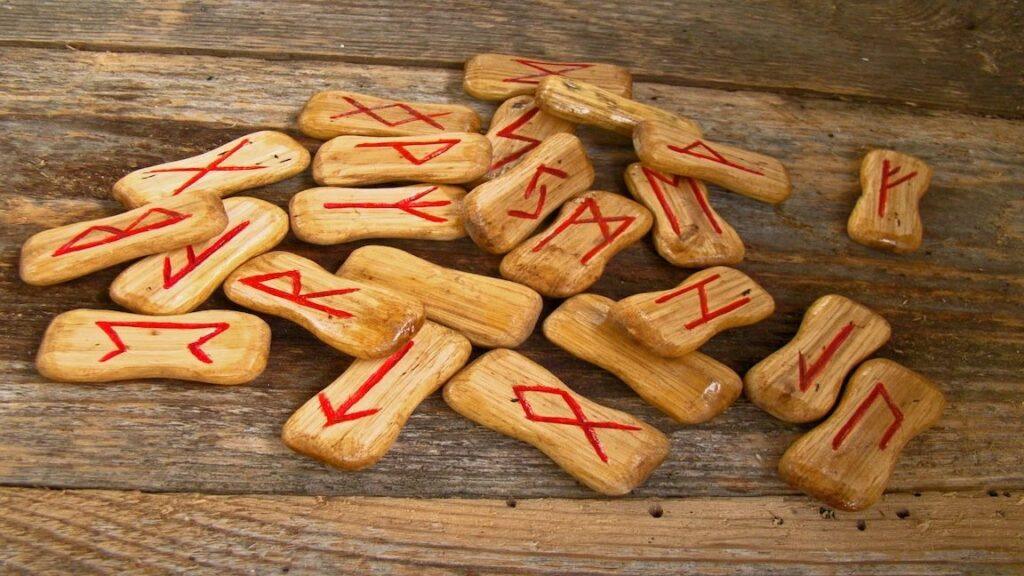Cryptodegens have a new (and, if all goes to plan, faster, cheaper, and more secure) way to trade Runes, the Bitcoin ecosystem’s answer to memecoins.
An automated market maker (AMM) for the Runes protocol is being implemented on Stacks. It is the first AMM for such tokens on that Bitcoin layer 2 network. The AMM went live on Wednesday, following the introduction of Stacks’ native BTC-backed asset, sBTC, on Tuesday.
The teams behind decentralized exchange (DEX) Bitflow Finance and Bitcoin bridge Pontis developed AMM, a tool that facilitates trading through algorithmic means to improve liquidity. They announced the project on Wednesday.
The Runes protocol is a standard for issuing fungible tokens in Bitcoin, building on the work of Ordinals, which allowed data to be inscribed in small denominations of BTC, thus making each unique and potentially valuable. In the same way that Ordinals could be considered a means to create the Bitcoin equivalent of NFTs, Runes could be considered a place to create memecoins.
Runes launched in April, coinciding with Bitcoin’s fourth halving event, and sparked a flurry of activity, paying out 78.6 BTC ($8.18 million) in fees within 90 minutes of the halving. half.
However, less than a month later, this enthusiasm diminished considerably and rates fell by more than 50%.
Bitflow’s goal is for its AMM to help Runes scale and address some of the shortcomings that are holding it back, such as slow transaction speeds, high fees, and attacks on pending transactions. Sniping occurs when users take advantage of the window of time in which a transaction is waiting to be added to a Bitcoin block, removing it from the waiting room and then adding it back with their own signature and a higher fee attached.
Bitflow is taking advantage of Stacks’ Nakamoto update. Stacks is one of several Layer 2s that aim to enable smart contracts and other decentralized finance-related functions using Bitcoin as a base layer.
Stacks activated its Nakamoto update in October. It is designed to significantly speed up transaction times by decoupling L2’s block production schedule from that of Bitcoin.
“Another key feature that Nakamoto unlocks is the finality of Bitcoin,” Bitflow said. “Once a transaction is confirmed, reversing it is at least as difficult as reversing a Bitcoin transaction.”
Bitflow is using the Bitcoin Pontis bridge to enable trading between BTC and Runes. Each operation is recorded in a Bitcoin block, which typically takes 10 minutes, and a Stacks block, which takes between five and 10 seconds.
Read More: Bitcoin ‘Four Meggers’: OrdinalsBot Enrolls Largest File Ever Created on OG Blockchain




